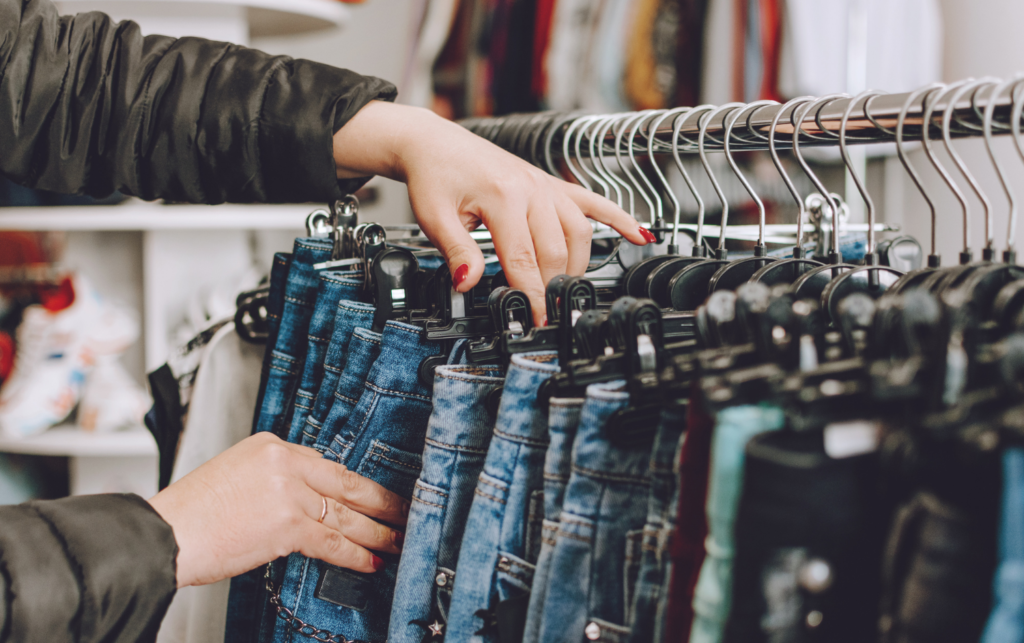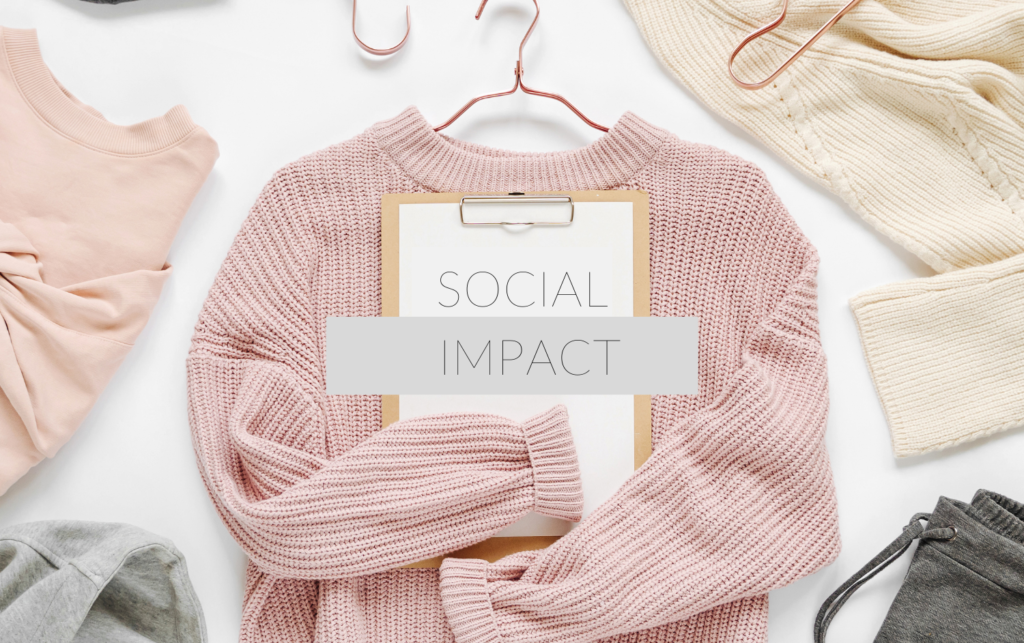Is the Fast Fashion Industry in Decline?
by ajones | May 25, 2022 | Blog, 2022, Fashion | No Comments

Fast fashion brands produce trendy clothes at an affordable price, and they release new designs frequently, therefore encouraging consumers to shop constantly. While this model has been popular, there are signs that consumers are no longer as interested in cheap, poorly made apparel.
Changing priorities
A report from First Insight and the Baker Retailing Center found that consumer priorities and retailer expectations are not currently aligned. While two-thirds of consumers state that they are willing to pay more for sustainable products, two-thirds of retailers don’t believe consumers are willing to pay more. As another example of this current disconnect, almost three-quarters of shoppers say that they value sustainability over brand name, but 94% of retailers believe the reverse, feeling that brand name matters most (Salfino, 2022). Consequently, it’s important that brands and retailers recognize consumers’ shifting priorities. In short, fashion is slowing down.
Wovn’s survey of 500 people on their views of sustainability in fashion found that since the pandemic (Chua, 2021):
- 69% of respondents said they try to buy less fast fashion.
- 63% said they care more about sustainability.
- 39% stated that they plan to buy less, as they began doing because of COVID.
- 19% want to continue to shop more sustainably.
- 84% claimed willingness to pay more for apparel from sustainable brands.
- 55% of those surveyed believe brands are most responsible for reducing the environmental impact of clothing production, while only 18% feel consumers should be most responsible.
ThredUp’s 2021 resale report found that two in five thrifters state they are purchasing secondhand clothing instead of fast fashion items, one in four say they care less about dressing in the latest trends since the pandemic, and 45% of Millennials and Gen Z say they will not buy from non-sustainable brands and retailers.
The future of fast fashion
In conclusion, current projections contradict one another–many believe that fast fashion’s popularity will continue, while others see it threatened by social and environmental concerns. UBS analysts noted that fast-fashion brands have been exiting China since 2018 (Young, 2021). And ThredUp (2021) states that secondhand fashion is expected to be two times bigger than fast fashion by 2030, with resale and thrift projected to reach $84 billion and fast fashion at $40 billion.
References
Chua, J. M. (2021, February 8). Surprising percentage of consumers will pay more for sustainable brands. Sourcing Journal. https://sourcingjournal.com/topics/consumer-insights/wovn-consumer-survey-coronavirus-shopping-spendingsustainable-fashion-brands-millennials-260190/
Salfino, C. (2022, April 14). Guess which generation wants sustainable clothes the most? Sourcing Journal. https://sourcingjournal.com/topics/lifestyle-monitor/sustainable-clothes-gen-z-millennials-first-insight-natural-fibers-cfda-339432/
ThredUp. (2021). 2021 resale report. https://www.thredup.com/resale/#resale-industry
Young, V. M. (2021, April 28). What happens if consumers cut back on fast fashion? Sourcing Journal. https://sourcingjournal.com/topics/retail/ubs-fast-fashion-zara-primark-nike-hm-uniqlo-esg-macys-nordstrom-275560/

Degrowth and the Fashion Industry
Between 2000 and 2014, consumers increased their apparel purchases by an average of 60%, with 85%...

Why it’s important to ditch fast fashion
Fashion is getting faster. For example, Edited’s most recent sustainability report showed that...

Ethical fashion: What it is and why it matters
While the terms sustainable fashion and ethical fashion are often used interchangeably, they do not...